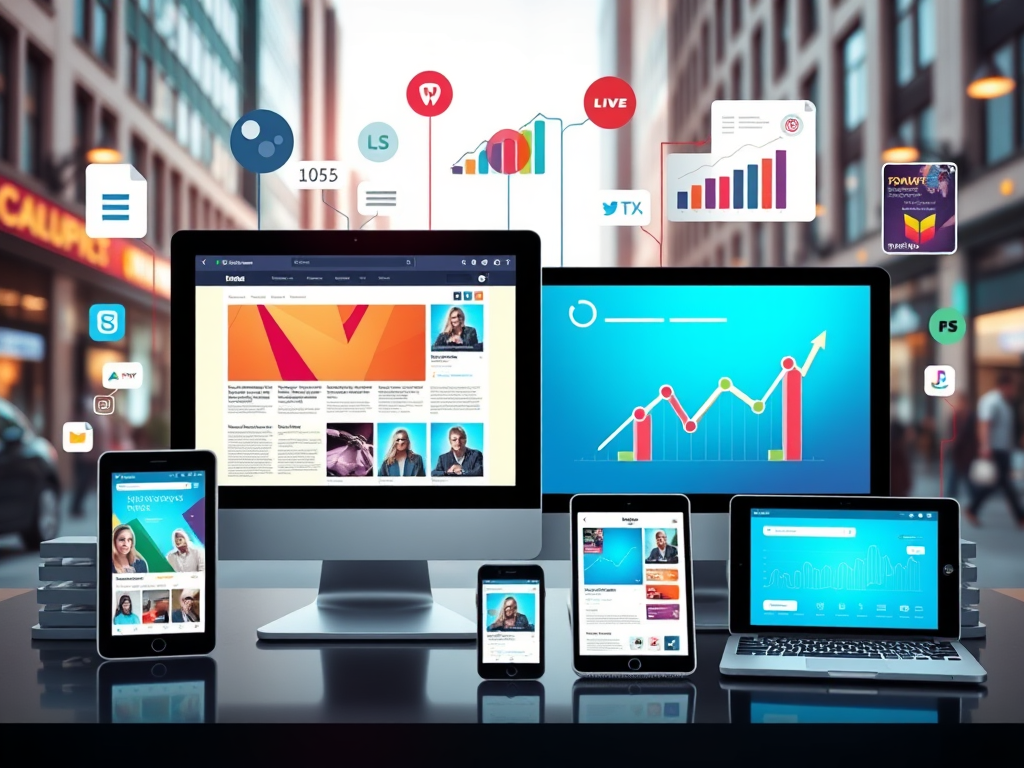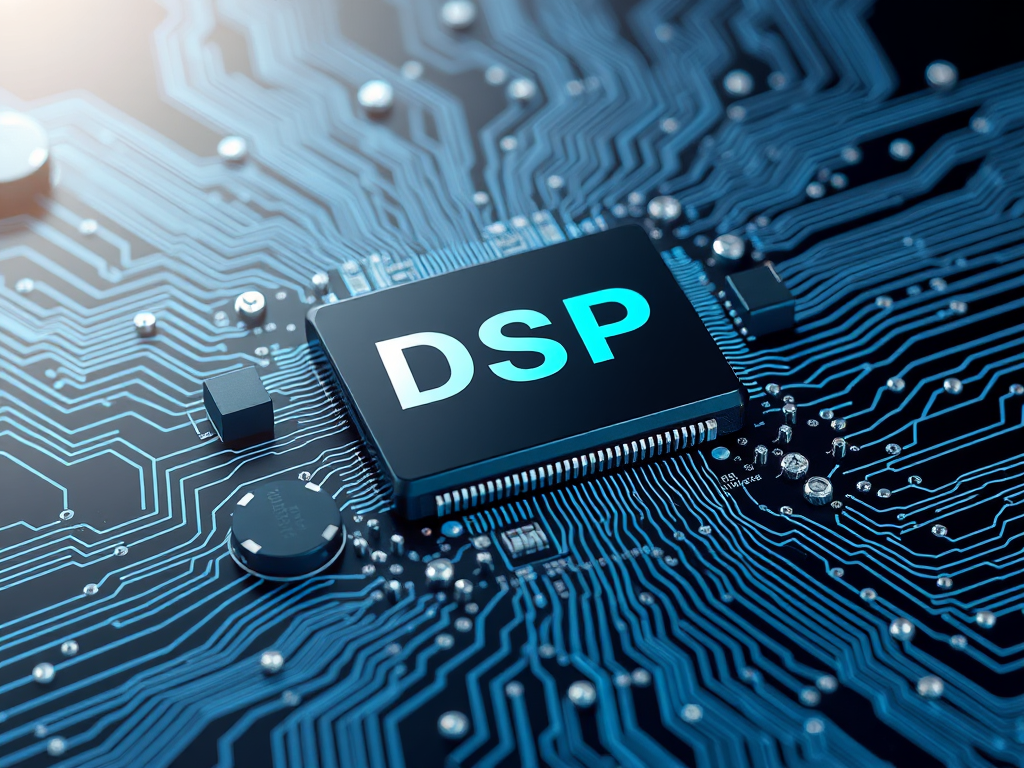What is Programmatic Advertising?

Programmatic advertising is a method of online advertising where the buying and selling of ad space happens automatically through software and algorithms. In the past, advertisers negotiated directly with publishers and media agencies to place their campaigns. Today, this process increasingly takes place through an automated auction model.
The big advantage? Efficiency, scalability, and the ability to target with great precision. Companies can reach their audiences based on behavior, interests, location, and many more data points – all in real time.
How does programmatic advertising work?
In programmatic advertising, ad space is bought and sold via digital marketplaces. This process happens in milliseconds, running in the background when a user visits a website or app.
The key steps are:
- User visits a website
When someone opens a page, an ad request is sent. - Real-time auction (RTB)
Different advertisers automatically bid for the ad placement via Demand-Side Platforms (DSPs). - Highest bidder wins
The winning ad is instantly loaded and displayed to the user. - Optimization through data
Since everything is measurable, campaigns can be continuously adjusted and optimized.
What makes programmatic advertising unique?
- Automation – Manual media planning is replaced by smart algorithms.
- Real-time optimization – Results can be measured and adjusted every second.
- Advanced targeting – Advertisers can target based on demographics, interests, behavior, and even weather data.
- Efficiency – Less budget is wasted since ads are only shown to relevant audiences.
Key concepts in programmatic advertising
- DSP (Demand-Side Platform): software that allows advertisers to buy ad space.
- SSP (Supply-Side Platform): software that allows publishers to sell ad space.
- Ad Exchange: the marketplace where demand (DSP) and supply (SSP) come together.
- RTB (Real-Time Bidding): the auction system where ads are bought in milliseconds.

Example in practice
Imagine a sportswear brand launching a new collection. With programmatic advertising, the brand can ensure ads are only shown to:
- People who recently looked at running shoes,
- Users who have a running app installed,
- Or people physically located near sports stores.
The result: far less waste and a much higher chance of conversions.
Benefits for advertisers
- Better targeting – Reach the right audience with precision.
- Cost savings – Budgets are used more effectively.
- Scalability – Access millions of websites, apps, and platforms.
- Measurability – Everything can be tracked: from impressions to conversions.
- Flexibility – Campaigns can be adjusted in real time.
The future of programmatic advertising
The programmatic landscape is evolving rapidly. Some key trends include:
- Cookieless advertising: stricter privacy rules make data collection more challenging, so contextual targeting and first-party data are becoming more important.
- Connected TV (CTV): advertisers are increasingly using programmatic for video ads on smart TVs and streaming platforms.
- AI and machine learning: smarter algorithms will drive even greater campaign optimization.
- Programmatic audio: ads on platforms like Spotify and podcasts are quickly gaining traction.

Conclusion
Programmatic advertising has completely transformed the way businesses advertise. What used to take a lot of time and manual negotiation is now automated, efficient, and data-driven.
For advertisers, it means more control, better results, and a future-proof way to reach their audiences.end adviesgesprek.”
“Want to learn how programmatic advertising can help your business grow? Contact us for a free consultation.”
“This article was written by Digital Rebel, specialists in online advertising and programmatic media buying.”
Next article RTB
